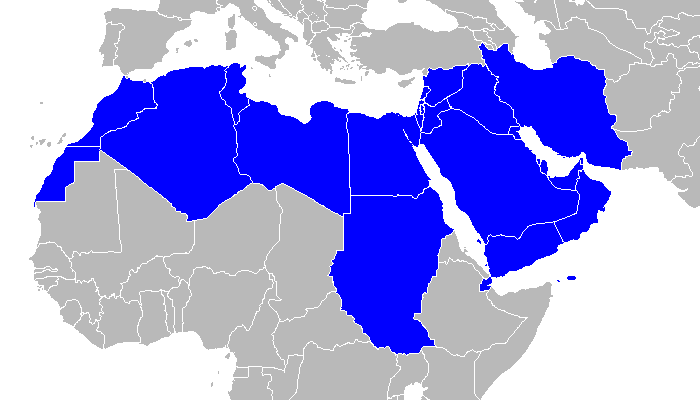The majority of MENAP countries examine trademark applications by taking both absolute and relative grounds for rejection into account. To reduce the likelihood that their registration will be denied, prospective trademark registrants must fully comprehend these principles.
Summary of absolute and relative grounds
Absolute grounds for rejection are quite simple to understand. These typically include:
- Lack of distinctiveness
- Use of generic terms
- Descriptiveness
- The inability of a mark to effectively represent goods and services associated with it
- Detriment to public order
- Use of government iconography
- Obscenity
Relative grounds for rejecting a trademark application are typically more complex. In the MENAP region, the following circumstances are considered relative grounds:
- If a trademark is identical to an earlier trademark, and the goods or services specified in the mark’s application are identical to those associated with the earlier trademark, the later application will be refused for its so-called “double identity.”
- Refusal is also all but guaranteed if a trademark is substantially similar to an earlier trademark and the goods or services specified in the mark’s application are the same or similar to those associated with the earlier trademark. In such a case, there exists a likelihood of confusion on the part of the public, including the likelihood of association with the earlier trademark.
- A mark similar or identical to an earlier, well-known trademark is another likely candidate for rejection on relative grounds, even if it is to be registered for different goods or services from those of the famous prior trademark.
Examinations based on relative grounds are favorable in MENAP nations to earlier trademark owners who are not vigilant about the most recent registrations. To give an example, if the standards listed above were not followed, a trademark that was identical to or confusingly similar to an already-registered mark might be accepted without the owner of the earlier mark ever being made aware of the potential conflict. This is because they are unlikely to routinely read the official publications of their regional trademark office.
However, some more significant trademark agencies, such as the European Union Intellectual Property Office (EUIPO), don’t review petitions on the basis of relative grounds unless an objection is filed. Examining all incoming applications against all active registrations in multi-territorial, multi-lingual environments would simply be impractical from a practical sense. Instead, many offices let the industry self-regulate, leaving it up to trademark owners to keep an eye on things and enforce their rights. According to this viewpoint, market participants should determine for themselves if a new mark causes confusion among consumers and violates their IP rights. In instances handled by the EUIPO, the owner of the older mark has three months starting on the date of publication to object to the registration of a pending mark.
Taking all of this into consideration, there is a benefit to trademark offices routinely reviewing applications on relevant grounds for the preservation of already-existing rights. For recently submitted applications, relative grounds examination acts as a filter. The most significant benefit is that it also extends further protection to well-known trademarks as described in Article 6 of the Paris Convention. Any disputes that still exist after this screening procedure can be settled through an opposition.
Applications that have been rejected on both absolute and relative grounds may be appealed (alongside all supporting documentation and fees). The petitioners’ right to be heard is secured by this. Nevertheless, this process may lead to some tough circumstances.
Public policy is a definite reason to reject a trademark registration. The goal of this Act is to protect both the general public’s legal interests and those of trademark rights holders.
Therefore, the public ought to be given the chance to object and make reasons against the acceptance of questionable trademarks on absolute grounds. The applicable trademark office may need to reopen the inspection phase because this can only be done after the mark has been published. Public claimants would not participate in these processes, nevertheless. The office can then render a new decision and allow the application to proceed after inviting the applicant to comment on the observation.
